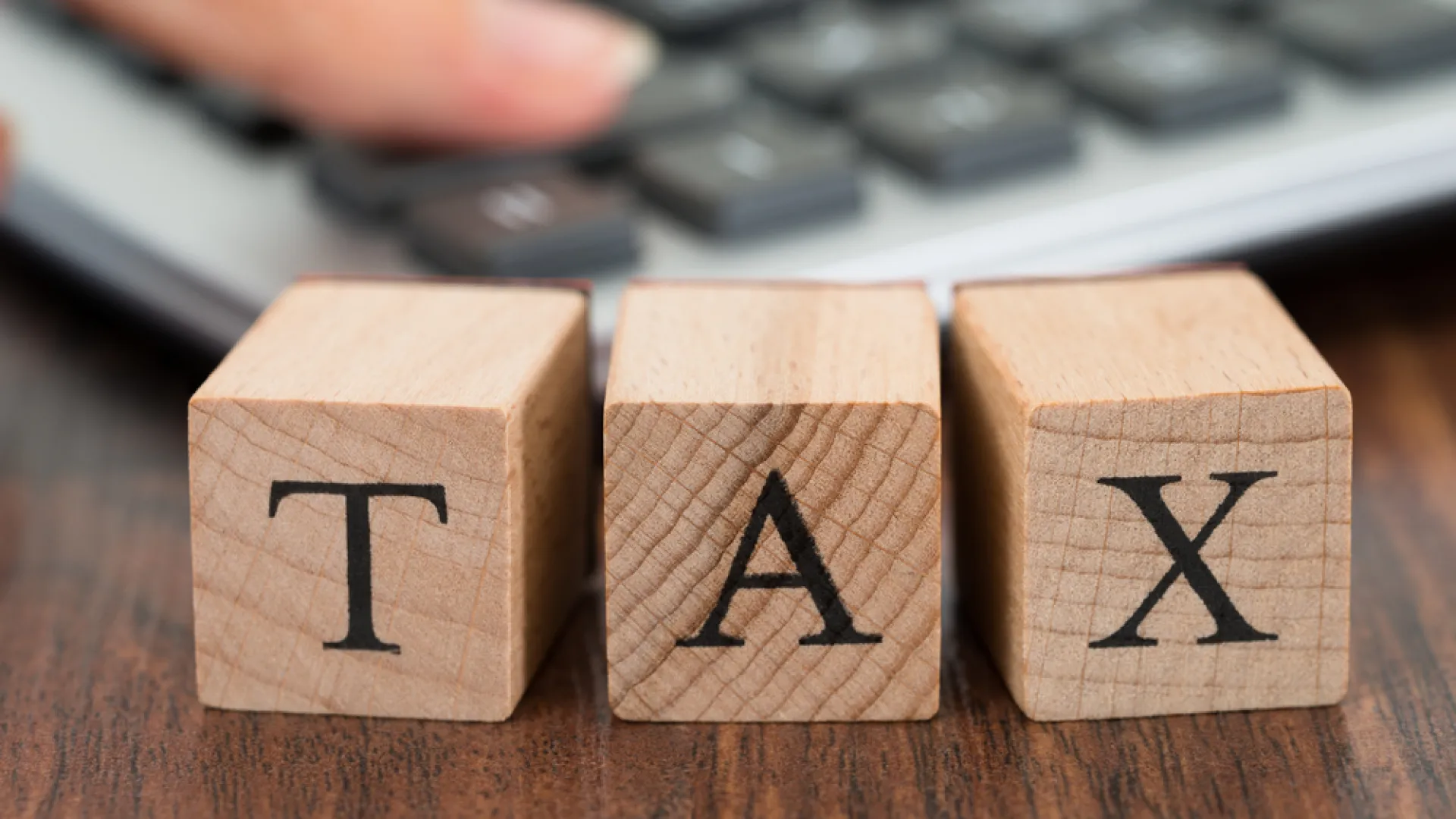
Child Deductions
Child Deductions
During post-divorce, the custodial parent, or the parent with whom the children live for the majority of the year, often bears the largest burden of expenses as he or she must satisfy the children's day to day expenses. Court ordered child support received from the non-custodial parent often eases this burden. In addition to child support, custodial parents may take advantage of certain tax credits and exemptions that may also ease the financial obligations associated with child care expenses. Below is a list of the child related Federal tax incentives most commonly relied upon by custodial and non-custodial parents, post-divorce.
Earned Income Tax Credit
Custodial parents who were the lower-earning spouse during the marriage may be eligible to take advantage of the Federal Earned Income Tax Credit. The Earned Income Tax Credit (EIC) is a tax credit for certain people who work and have earned income under $51,567. This tax credit may significantly reduce the tax liability of those eligible to claim in. Claim this tax credit may also result in a tax refund. Because child support is not considered earned income, for the purpose of this tax credit, even custodial parents who receive high levels of child support may qualify for the Earned Income Tax Credit. This credit has the potential to be very significant, as a parent eligible to claim this credit may receive a maximum credit of up to $6,044.
Head of Household Filing Status
Although this tax advantage is not a tax credit or exemption, this filing status has the ability to reduce the tax liability of custodial parents post-divorce. Many divorced individuals believe that they must automatically revert to a single filing status post-divorce. But, this is not always the case, especially for divorcés with children. Parents who can claim a qualifying dependent and who meet the federal requirements to claim this filing status may significantly reduce their taxable income by filing as head of household in lieu of filing as single. More information regarding the head of household filing status may be found in IRS Publications 501 and 17 regarding filing status.
Child and Dependent Care Tax Credit
The child and dependant care tax credit and the dependency exemption are two of the most widely know tax advantages that may play a significant role in reducing the tax liability of parents post-divorce. Similar to the earned income tax credit, the child and dependent care tax credit is a credit that may reduce the tax liability of a qualifying individual. Unlike the earned income tax credit however, the child care tax credit does not produce a tax refund. Only custodial parents who pay for daycare, babysitting, after-school care, nannies, or other child care are eligible to claim this tax credit. Additionally, any custodial parent seeking to take advantage of this credit must have needed someone else to provide care for his or her children because they were working or looking for a job. Credit may only be received for payments made directly to service providers. Amounts paid to dependents, a spouse, or a co-parent may not be claimed toward the credit. The maximum credit amount a custodial parent may receive is $3,000 for one child or up to $6,000 for two or more children. Form 2441 must be completed and attached to Form 1040 or 1040A in order to claim the credit.
Dependency Exemption
The dependency exemption is the second most commonly used and most well know tax advantage for parents post-divorce. Unlike the child care tax credit, both custody and non-custodial parents are eligible to take advantage of this credit. However, both parents may not claim the same child on their individual tax returns; this co-parent must determine which parent may take advantage of this exemption. If an agreement can not be reached between the parents post-divorce, the custodial parent is entitled to take this exemption by default. Often, divorcing parents resolve this issue during divorce negotiations and include a provision in their Marital Settlement Agreement addressing which parent may claim the dependency exemption. The parent claiming the exemption must meet all requirements outlined in IRS Publication 17 and satisfy the following tests:
- Member of Household or Relationship Test - The parent claiming the exemption must show that the child or other dependant was a member of his or her household for the entire year or was related in the following capacity:
- Son or daughter, grandchild, stepchild, or adopted child;
- Brother or sister;
- Brother or sister by the half blood;
- Stepbrother or stepsister;
- Mother or father, ancestor of either;
- Stepfather or stepmother;
- Son or daughter of taxpayer's brother or sister;
- Brother or sister of taxpayer's father or mother;
- Son-in-law, daughter-in-law, father-in-law, mother-in-law, brother-in-law, or sister-in-law; or,
- A person other than the taxpayer's spouse who, during the taxpayer's entire tax year, lives in the taxpayer's home and is a member of the taxpayer's household.
- Support Test - The parent must provide over one-half of the support for the child or other dependant during the year. According to the Internal Revenue Code, 183 days is considered more than half the year.
- Gross income test - The child or other dependent must not have had gross income exceeding the exemption amount for the tax year. This gross income test does not apply if the child is under 19 or is a student under the age of 24.
- Joint Return Test - the dependency exemption may not be taken if the child or other dependant is married and files a joint return with his or her spouse.
- Citizenship or Residence Test - Generally, in order for a parent to take advantage of this exemption, the child or other dependent must be a citizen, national, or resident of the United States. However, there are some exceptions to this rule.
